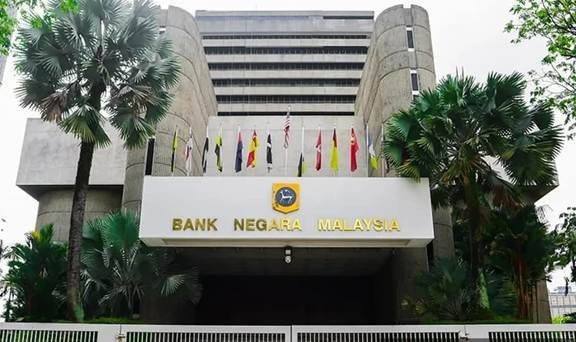
PETALING JAYA: The central bank is expected to keep interest rates unchanged on Thursday and will likely maintain a wait-and-see approach until at least the second half of the year as the government seeks to avoid higher US tariffs.
Bank Negara Malaysia (BNM) will keep the overnight policy rate at 3% in its first meeting since the global trade war erupted, according to 20 of 25 analysts in a Bloomberg survey. The rest expect a 25-basis point cut – the first time easing bets have come into play since the key rate was adjusted to its current level in May 2023.
Policymakers are seeing rising pressure to act decisively as US president Donald Trump’s tariffs threaten to disrupt supply chains and stall the global economy. Malaysia is Southeast Asia’s last holdout against interest rate cuts, and investors too are increasingly expecting the country to give in to mounting economic pressure from the global trade war.
BNM governor Abdul Rasheed Ghaffour pushed back in April against the idea of using monetary policy to address the fallout from the trade war, saying there were other tools better suited for that objective. The government must double down on structural reforms to further strengthen the economy and support the ringgit, he said.
The central bank’s Monetary Policy Committee (MPC) is set to ease only in July, at the earliest, given the fluid environment, according to analysts from HSBC Holdings Plc, Malayan Banking Bhd and CIMB Bank Bhd.
That would mark the end of the pause on the 24% levy the US imposed on Malaysia, and allow BNM space to review incoming data including first-quarter economic growth and external trade, said CIMB analysts Azri Azhar, Vincent Loo and Michelle Chia in a note Friday.
Here’s what to watch out for in the statement due to be released at 3pm.
Growth risks
The outlook remains murky as officials seek to negotiate a deal with Washington within the 90-day pause of the higher tariffs mandated by Trump, who has in the meantime imposed a 10% levy on goods from Malaysia and many other trading partners.
“We expect the MPC to start highlighting downside risks in its statement, signalling that it stands ready to ease policy if necessary, while retaining the flexibility to maintain the OPR at 3% should the data remain resilient,” Winson Phoon, an analyst at Maybank, wrote in a note Friday.
Malaysia seeks to bring Trump’s so-called reciprocal tariff rate down to zero. Prime Minister Anwar Ibrahim said on Monday that there’s a possibility the US will reduce the levies, but that no agreement had been finalised. Malaysia plans to revise lower its growth outlook.
Inflation outlook
The central bank will likely maintain that price pressures are expected to remain manageable, after it forecast inflation to average between 2% and 3.5% this year. That’s higher than the 1.8% seen last year.
Malaysia is nearing its self-imposed deadline of ending petrol subsidies for the country’s wealthiest 15% – a move that BNM has said will have a limited and temporary impact on inflation.
Ringgit performance
The ringgit is one of the best performers in Asia in the past one year, strengthening along with other regional currencies as Trump’s unpredictable tariff policies eroded confidence in the US economy and fuelled the dollar’s decline.
“Given the ongoing structural surplus in the current account, Malaysia would be more stable than other countries in the region,” said Christian De Guzman, senior vice-president at Moody’s Ratings on Monday.
“On the financial side, there’s a very important buffer for Malaysia, which is the deep domestic capital markets which not all of Malaysia’s Asean neighbours have, which then exposes them much more to that FX volatility. Malaysia is somewhat insulated from that,” he added.
Source: https://www.freemalaysiatoday.com/category/highlight/2025/05/08/malaysia-set-to-resist-early-rate-cut-as-it-weighs-tariff-impact

